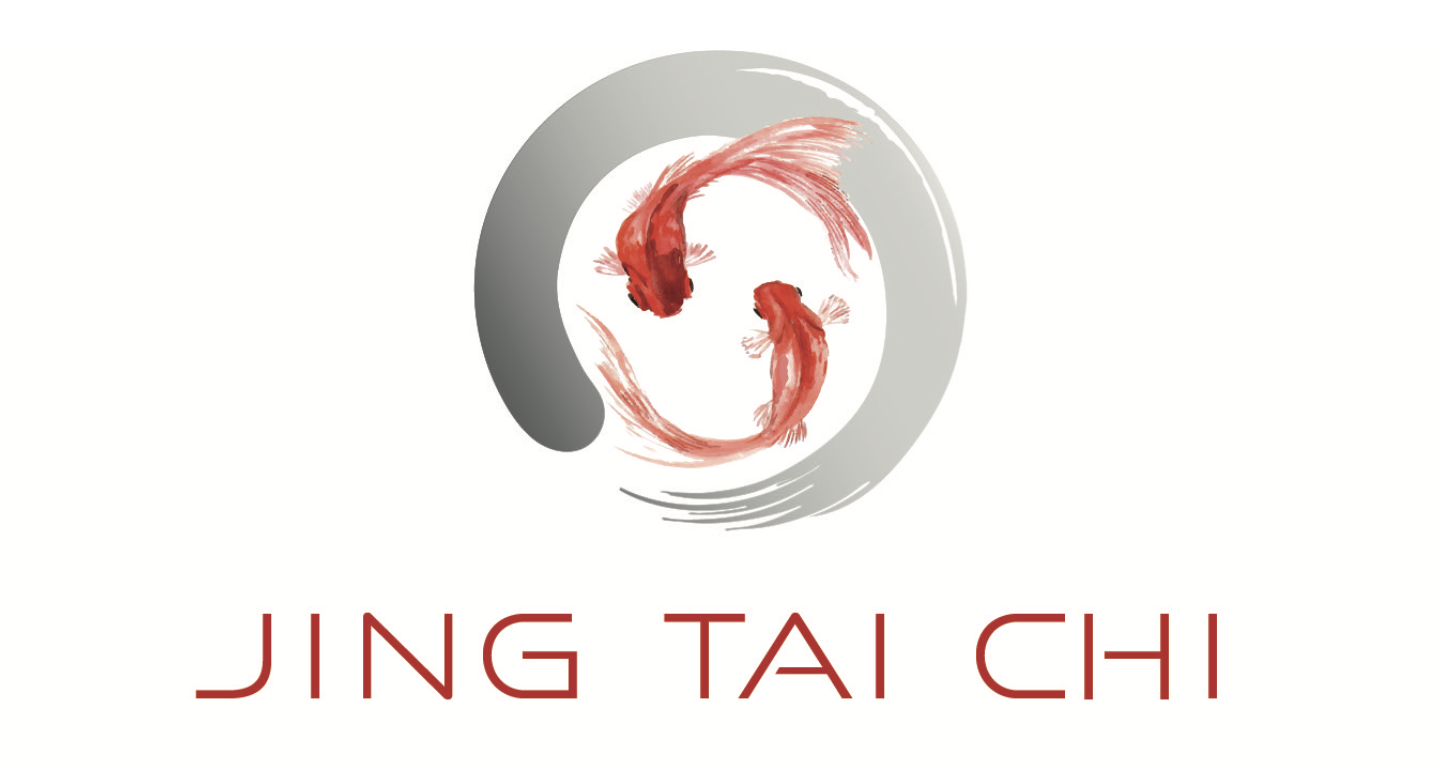Tai Chi Relaxation
Level III
with Teacher Li Jing
Tài Jí Sōng Shēn Jiǔ Shì
太极松身九式
Nine Movements
This live class has concluded and is now available as recordings. Click the link below.
Replays available for 1 year
Prerequisite: Tai Chi Relaxation Level l and Tai Chi Relaxation Level II
Learn directly from Teacher Jing.
Tai Chi Relaxation Level III is the continuation of Level I and Level II.
In this workshop, Teacher Jing will focus on a deeper exploration of the practice and knowledge of the Dantian.
This includes:
• What is “Qi Yun Dantian”?
• Why should we let the Qi move in the Dantian?
• How do you sense or move Qi?
• How does the correct practice posture affect the ability to improve our Dan and Kungfu?
• How does the correct movement in Tai Chi Relaxation in Level III affect our “Dantian Kongfu?”
The focus of Level III is on connecting each point to the “Ocean of Qi”. We learn to collect and release Qi. In Tai Chi Relaxation Level III all movements focus on the Dantian.
Tai Chi Relaxation Level III is easy to learn. It focuses on breath to reduce stress. This practice promotes deep relaxation and a sense of fulfillment and supports physical and mental well-being.
Several of the nine known positions and movements in Level I are slightly modified, and we add flavor and spice to the exercises by directing the flow of Qi through focused breathing and intentional thought.
The Nine Movements Tai Chi Relaxation Level III:
1. 五路纳气 Wǔ lù nà qì (Wǔ lù receives qi - Five energy gateways receive qi)
2. 上焦觉气 Shàng jiāo jué qì (Shàng jiāo to feel qi)
3. 中焦•气运化 Zhōng jiāo qì yùn huà ( transport and transform Zhōng jiāo qi)
4 下焦通气 Xià jiāo tōng qì (Xià jiāo qi goes through)
5 不契初心 Bù qì chū xīn (Never give up your original intention)
6 松身养气 Sōng shēn yǎng qì (Relax the body and nourish Qi)
7 提膝•神阙和气 Tí xī shén què hé qì (Raise knee, Shén què harmonizes qi)
8 金鸡独立 Jīn jī dú lì (Golden rooster reposes on one leg) - A Taiji Quan movement name
9 丹田养气 Dān tián yǎng qì (Dān tián nourish qi)
Restore balance, harmonize your qi, find inner peace.
The Nine Movements Tai Chi Relaxation Level II:
涌泉纳气 yǒng quán nà qì (nà means gathering)
上焦觉气 shàng jiāo jué qì (jué means be aware / to feel)
中焦•气运化 zhōng jiāo qì yùn huà
下焦通气 xià jiāo tōng qì (tōng means going through/ no blockage)
督脉行气 dū mài xíng qì (qi moves in du mai)
大椎带气 dà chuí dài qì (dài means lead)
提膝•神阙和气 tí xī shén quē hé qì (after the dot is the same as the name in level I)
转体•至阳顺气 zhuǎn tǐ zhì yáng shùn qì zhuǎn tǐ means turning body (after the dot is the same as the name in level I)
丹田养气 dān tián yǎng qì (yǎng means nourish)
Restore balance, harmonize your qi, find inner peace.
Prerequisites: Tai Chi Relaxation Level I
About Tai Chi Relaxation
Seven Unique Features:
Enriched learning: Tai Chi Yin-Yang aspects = Completion | Fullness. Moving meditation is comparable to the Yang aspect, and non-moving meditation is comparable to Yin. You can apply Tai Chi Yin-Yang aspects not only to this practice but also to your daily life.
Relaxation activates your potential ability: In the class, you will learn how to relax your body and your mind to experience Qi energy.
Physical and emotional functions: Each meditative movement of Tai Chi Relaxation follows Yin-Yang philosophy and TCM theory to help remove blockages and reduce negative emotions.
I know vs. I feel: Often we say “oh, I know, I know”, but in reality, we cannot do or feel what we thought we knew. What we know and what we do often are two different things. Chinese philosopher Wang Yang-Ming (1472-1529) emphasized zhi xing he yi, or the unity of knowledge and action. That is the specialty of our training!
Choice of position: You can practice Tai Chi Relaxation while standing, sitting or lying down.
Wide ranges of age: This practice is suitable for any age practitioner, from 3 to 130 years old!
Can be practiced anywhere – Indoors or outdoors, you only need 2 square meters to do the entire practice. Remember, nature is not only outside, but also inside. Set your body free and find nature wherever you are.
Goals:
To promote balanced emotions
To improve health
To bring inner fulfillment toward a more meaningful life
Q&A:
Are there any prerequisites?
Yes. Students must have completed Tai Chi Relaxation Level I.
Can I practice if I have an injury?
It depends on the level of the injury. Tai Chi Relaxation is deeply healing and may be quite beneficial. It may be possible to modify the movements to suit your needs. Please contact us with your specific situation so we can advise you.


